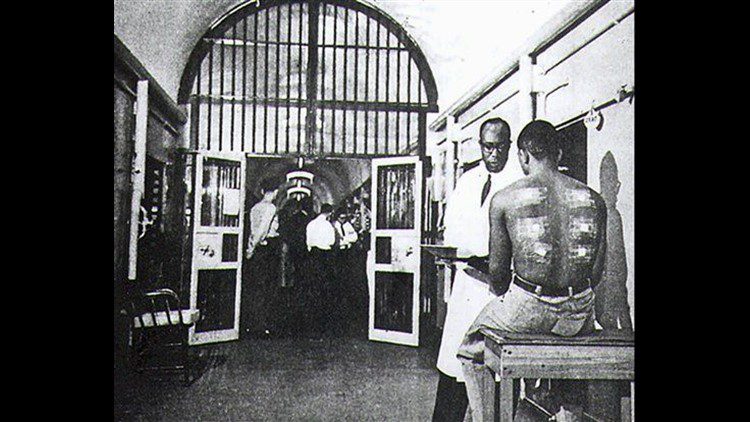From chemical warfare to social control experiments, governments have a long history of secret research and testing that often create controversy. In this comprehensive look at the 10 most chilling government experiments, readers will uncover the stories behind the science, revealing what really happened and why these tests are so disturbing. From the infamous Tuskegee syphilis study to MK Ultra mind-control experiments, this deep dive into the history of government research provides an unflinching exploration of dark and controversial scientific projects.
Uncovering the 10 Most Chilling Government Experiments: A Comprehensive Look
The notion of secret government experiments often conjures up a sense of conspiracy and fear, evoking visions of dark forces trying to manipulate the populace in risky and unethical ways. While it’s true that governments do perform secretive or questionable experiments, they are not always as sinister as they seem. This article will take an in depth look at ten of the most chilling government experiments ever conducted, exploring their history and motivation behind them.
The first example comes from World War II, when the US government conducted medical experiments on prisoners of war and civilians alike in order to test the effectiveness of treatment drugs. This practice was especially prevalent in Nazi concentration camps, where subjects were subjected to everything from toxic gas exposure to deliberately inflicted wounds and infections. Similarly, as part of Operation Paperclip, the US government recruited former Nazi scientists and utilized their research for their own purposes.
In the 1950s, the CIA began a series of experiments known as Project MKULTRA. Aimed at developing mind control techniques, the project involved administering LSD and other drugs to unwitting subjects, along with hypnosis and sensory deprivation. Similarly, Project ARTICHOKE involved interrogating suspected spies using mind-altering drugs, electroshock therapy, and mock executions.
Another controversial experiment was conducted in the late 1940s and 50s, which exposed thousands of unsuspecting Americans to radiation, even though the risks of radiation had been clearly established. This study was conducted without the knowledge or consent of the participants, who were mainly patients in hospitals or prisons.
A more recent example is the US military’s use of chemical and biological weapons on its own soldiers, in what is known as the ‘Gulf War Syndrome’. During this conflict, US servicemen were exposed to sarin nerve gas and depleted uranium, both of which have been linked to serious illnesses in those exposed.
Equally concerning is the US government’s involvement in the development of biological weapons in the 1960s and 70s. Code-named Project 112, the goal of this experiment was to test the effects of dangerous pathogens, such as anthrax and the plague, on military personnel.
The infamous Tuskegee Syphilis Study is also one of the most notorious government experiments in American history. This study began in 1932 and lasted for 40 years, during which time African American men were deprived of treatment for syphilis, despite being aware of the deadly consequences. The purpose of the study was to determine the natural course of untreated syphilis.
The US government has also been accused of carrying out experiments on Native American populations, including testing tuberculosis vaccines that used live strains of the virus on Hopi children in the 1940s. Other experiments included deliberately exposing Native Americans to radiation and infecting them with smallpox.
In the 1970s, the US Army tested aerosolized bacteria on US citizens in San Francisco, resulting in numerous reports of illness. Known as the ‘San Francisco Incident’, the goal of this experiment was to test the dispersal of bacteria in a populated area, in order to prepare for potential biological warfare.
Finally, the US government has been accused of conducting weather modification experiments, by seeding clouds with hazardous materials in an effort to alter the climate. It has also conducted experiments in geophysical manipulation, including earthquake induction and attempts to direct lightning strikes.
Overall, these examples reveal just how far governments can go in their pursuit of scientific knowledge, often at the expense of human rights and safety. While some of these experiments may have yielded valuable insights into the nature of science, the ethical implications of such research cannot be overlooked. Ultimately, these chilling experiments serve as a reminder of why governments must be held accountable and supervised in all of their actions.
